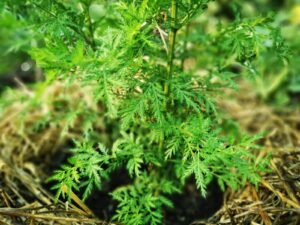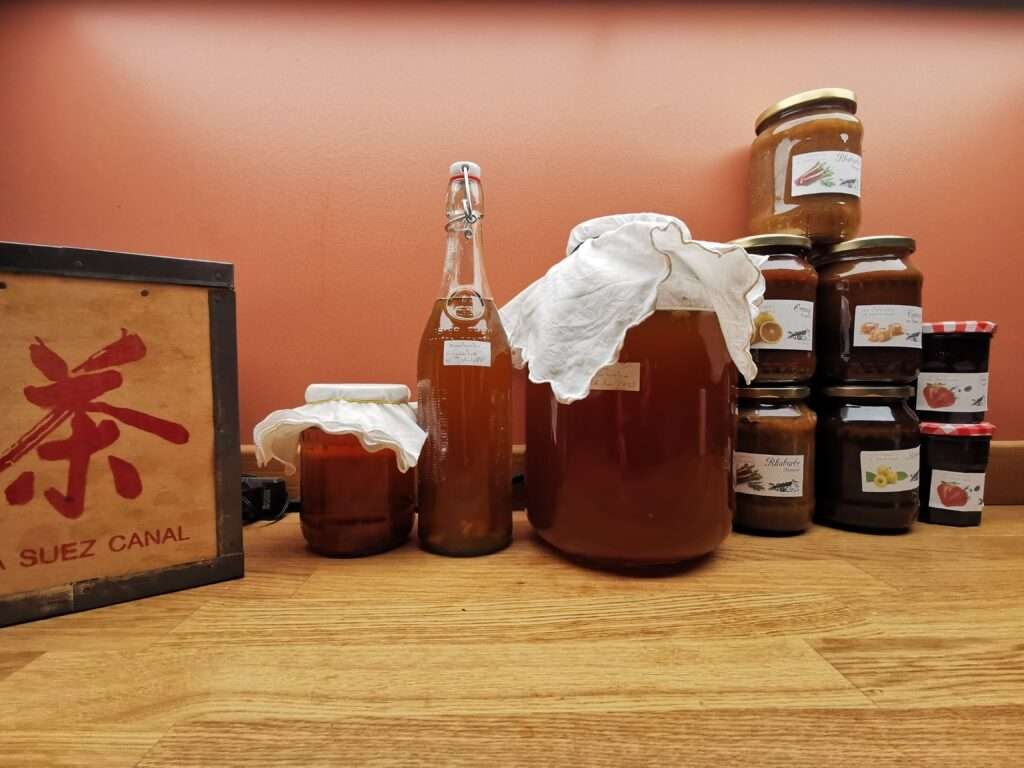Origin and characteristics
Artemisia annua, also known as sweet wormwood, is a herbaceous plant native to Asia, mainly China. It is renowned for its hardiness and ability to adapt to different climates, making it an easy plant to grow at different latitudes. Its fine, serrated leaves and small yellow flowers are characteristic of this species, which can grow up to 2 metres tall.

Medicinal uses
Artemisia annua is best known for its use in the fight against malaria. Artemisinin, an active substance extracted from this plant, is at the heart of the most effective anti-malarial treatments currently available. However, this plant contains many other bioactive compounds, such as flavonoids and terpenes, which give it a wide range of therapeutic properties. Studies have highlighted the effectiveness of its dried leaves in treating other tropical diseases. These findings show that the synergy of the various compounds present in Artemisia annua could offer a sustainable, low-cost alternative for treatment in developing countries.
Controversies and legal framework
Despite its medicinal potential, Artemisia annua is at the heart of a legal debate in Europe. It is not authorised as a medicine or food supplement in the European Union, making it illegal to use for health purposes. This ban is linked to strict legislation on medicines, which favours treatments based on patented synthetic molecules, unlike complex medicinal plants such as Artemisia annua. This legal situation therefore limits access to this plant for practitioners of traditional medicine and European consumers.
Cultivation and preparation
Growing Artemisia annua is relatively straightforward and does not require very rigorous specific conditions. It thrives in full sun and well-drained soil. Seeds should be sown in spring and the plants require little maintenance once established. To benefit from its medicinal properties, the leaves are generally harvested just before flowering, when the artemisinin concentration is at its highest. They can then be used in the form of herbal teas, extracts or even incorporated into more complex remedies.
In a nutshell
Artemisia annua remains a fascinating plant, both for its traditional uses and for its scientifically recognised therapeutic potential. However, the legal barriers surrounding its use in Europe pose significant challenges for those wishing to use it in health treatments. Research continues to explore its many applications, which could one day lead to a reassessment of its legal status and wider recognition of its benefits.
For more details, you can consult the articles available on the Kokopelli website, which offer an in-depth analysis of this remarkable plant and the issues it raises.


